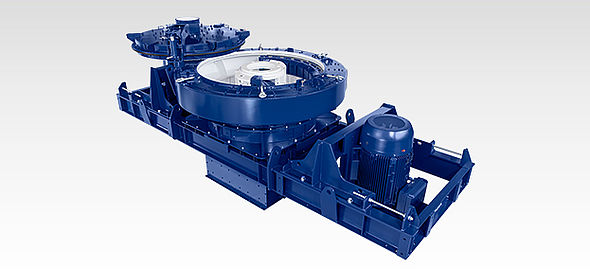Quality aggregates made easy: The ultimate guide to maximising shape and yield
The two most important factors when producing sand and aggregate is shape (referred to as cubical crushed particles) and maximum yield of highest value product. Every successful aggregate producer can achieve both with the right raw materials, the right equipment, the right flow sheet and the right operation of equipment.
You must consider and evaluate the above to ensure you produce the right shape and highest value product. Follow our steps below to help you maximise your products shape and yield.
The right materials
The geological characteristics of the raw materials dictate how you will produce the finished product, and which crusher is required.
The right materials are hard and competent rocks that generally fragment into cubical products. Igneous rocks, such as basalt and granite, are an excellent source of aggregate because they are hard, tough, and dense.
Sedimentary rocks, such as limestone, are more challenging than igneous rocks to crush. When crushed with conventional compression type crushers they tend to fracture into flat or elongated pieces. If the material is non-abrasive, both horizontal and vertical impact crushers are the preferred equipment of choice for these rocks. However, high performance cone crushers can still achieve product share specification at a lower cost per tonne and high product yield.
The right equipment
When evaluating the best equipment to use to produce your desired product, there are several considerations you must keep in mind.
Impact crushers have two primary disadvantages, they can be expensive to operate and often generate a lower yield of product. Whenever the right materials are present to create the required particle shape, I would recommend you use the more efficient and lower maintenance jaw and cone crushers.
Vertical Shaft Impactor (VSI)

If you need extra shaping to meet your cubicity requirements for the more challenging materials, then a Vertical Shaft Impactor (VSI) is often added to the flow sheet as a supplemental machine to the cone crushers. The VSI generates excellent particle shape and is the ideal tool for creating manufactured sand. However, the trade-offs for a VSI include:
1) A higher generation of undesirable fines resulting in lower product yield.
2) An increase in maintenance and energy consumption in comparison to cone crushers.
Advances in VSI technology include:
· Fully or semi-autogenous breakage systems
· Improvements in rotor design and metallurgy for steel-on-steel systems
It is also important to note that energy efficiency often improves when the VSI transitions from a rock-on-rock fully autogenous system to a full steel-on-steel rotor and anvil system. A VSI is a valuable machine that is best applied with the right configuration to suit your particular needs for either improved particle shape or sand production.
The right flow sheet
From a flow sheet design perspective, to generate cubical product, you should attempt to operate with the lowest possible reduction ratio. Poor or reduced cubicity often occurs when users attempt a high reduction ratio – particularly in the final stage of crushing.
A "best practice" strategy is to accept higher reduction ratio in secondary crushing so that it can be lowered in tertiary crushing.
Another strategy to consider is to operate both the secondary crusher and the tertiary crusher in closed circuit with a wider closed side setting and an increased re-circulation load from the sizing screens.

